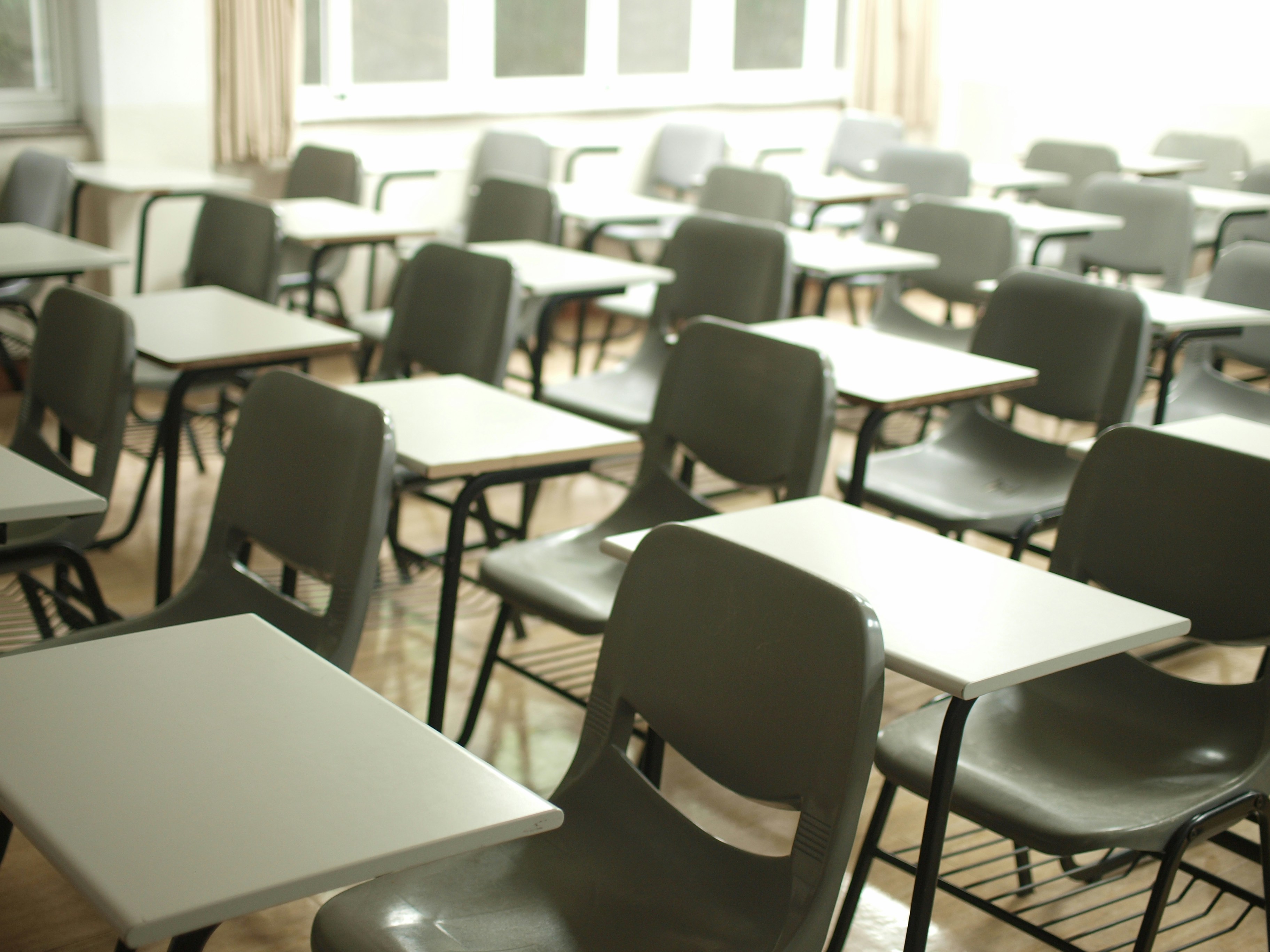Successfully Negotiating the Safeguarding Element of Ofsted Inspections
Make sure your safeguarding provision is up to scratch, prior to an inspection
For Ofsted, It's business as usual with inspection teams back in schools since September. The importance of the safeguarding element of the inspection has been further heightened by the impact of the ‘Everyone’s Invited’ movement, Ofsted’s subsequent review into sexual harassment and abuse and the Covid-19 pandemic.
The changes to Keeping Children Safe in Education (KCSIE) guidance came into force in September and are supported by the DfE guidance Sexual violence and harassment between children in schools and colleges designed to help schools to both prevent and respond to reports of sexual harassment and violence between children. Here, Martin Cain provides some key pointers to help schools ensure that they are in a constant state of readiness for the safeguarding element of an inspection.

Culture and curriculum
Schools must be able to demonstrate that their safeguarding policies and procedures are translated into practical reality through the curriculum and staff behaviours. Schools should ask themselves the following questions and be prepared to respond to them from inspectors:
- Are all staff able to demonstrate that they know Part One of Keeping Children Safe in Education?;
- Is the safeguarding information on all of the relevant tabs of the school website up to date?;
- Do we have a strong culture of safeguarding and what does this look like?;
- What does a typical safeguarding day look like in our school?;
- How does our signage around school, promote safeguarding in the way that it relates to staff, pupils and visitors?;
- Is pupil supervision effective throughout the school day, for example, are staff always out on duty, are pinch points like toilets supervised appropriately and do pupils arrive at lessons on time?;
- Is staff and governor training in safeguarding and safer recruitment and selection up-to-date, recorded and appropriate to their roles?;
- How have staff and governors reacted to their training and can they articulate its content and impact?;
- How does the school provide staff and governors with the relevant information and guidance updates, and is this logged?;
- Do the school’s policies and procedures make it clear that sexual harassment, online sexual abuse and sexual violence (including sexualised language) are unacceptable?;
- Do the school’s policies and procedures also contain clear information about the appropriate sanctions that are in place for transgressions?;
- Are all pupils supported to allow them to feel able to report concerns about harmful sexual behaviour freely?;
- Do staff take all reports seriously, deal with them swiftly and appropriately and would this be the view of pupils and parents?;
- Are there appropriate procedures in place to handle reports about concerns that arise outside of school?;
- Is record keeping timely and comprehensive?;
- Do we have robust processes in place for monitoring the incidents that are uploaded to the safeguarding log and the effectiveness of our actions?;
- Do we regularly survey the pupil and parent voice on safeguarding and can we clearly demonstrate that we respond to the findings (the inspection team may share their pupil and parent voice feedback with the school)?;
- Does the school deal effectively with bullying and with parents and pupils who think that it does not?;
- As a school do we clearly acknowledge that ‘it could happen here’?;
- Does the Relationships and Sex Education curriculum specifically address issues around sexual harassment, online abuse, sexual violence and consent?;
- Is the Relationships and Sex Education curriculum age-appropriate and how does it relate to the assembly programme and the school’s engagement with external agencies?; and
- Can the school demonstrate that it is a learning school by, for example, acting swiftly on any lessons learned or regularly reviewing its procedures using the NSPCC self-assessment tool?

Record keeping
Schools should have the following records, including an appropriate analysis of them, readily available for the inspection team from the outset of the inspection:
- The number of cases that were uploaded to the safeguarding log the day before the inspection and details of how they were followed up;
- Exclusions, pupils taken off roll, incidents of poor behaviour and any use of internal isolation;
- Incidents of sexual harassment and/or sexual violence;
- Incidents of bullying, discriminatory and prejudiced behaviour, either directly or indirectly. This should include bullying that is categorised as racist, sexist, homophobic, biphobic, transphobic or towards disabled pupils;
- All referrals made to the DSL, to the LA and brief details of resolution;
- A list of pupils who have open cases with children’s services/social care;
- A list of pupils for whom there are multi-agency plans in place;
- Up to date attendance statistics;
- Resolved case studies available for sharing with the inspection team to demonstrate good safeguarding practice, where the school may have worked positively with parents and external agencies and which cover a range of issues, for example, harmful sexual behaviour, peer on peer abuse and a child missing education;
- It would also be advisable to have an example of a successfully resolved safeguarding complaint at hand; and
- The school improvement plan with the sections that refer to safeguarding work clearly signposted.

Taking control of the safeguarding element of the inspection
Good safeguarding practice in schools should reflect and be embedded into everyday processes and culture rather than be something that magically appears once the Ofsted phone call has been taken.
It is very apparent, however, from some of the inspection experiences of schools since September, that those due for inspection would do very well to cross reference their safeguarding policies and procedures against the key pointers provided here.
Single Central Register (SCR)
The member of staff responsible for maintaining the SCR should be able to provide clear evidence of the following:
- Any risk assessments undertaken regarding employee references;
- An example of a right to work in UK check and a section 128 check for two different employees;
- Vetting of contractors and agency staff; and
- Visitor badges and any use of different types of lanyard in use in the school.

Open cases
The Designated Safeguarding Lead should be prepared to be able to discuss open cases with an inspector and answer the following questions:
- What is the make-up of the CLA (looked after children) at the school and how effective is the engagement with the LA regarding them?;
- What external agency involvement is there at present?;
- Can you describe what the school would do if it was unhappy with a response from social services and how it would go about this?; and
- What provision is there in place for early help cases and is this in school, out of school or a combination of the two?
Covid-19
The school must be able to provide a robust narrative of how:
- The pandemic has affected attendance;
- The school has taken clear steps to monitor and respond to this; and
- Any impact this has had on safeguarding and how it has been effectively addressed.